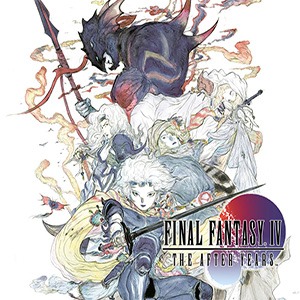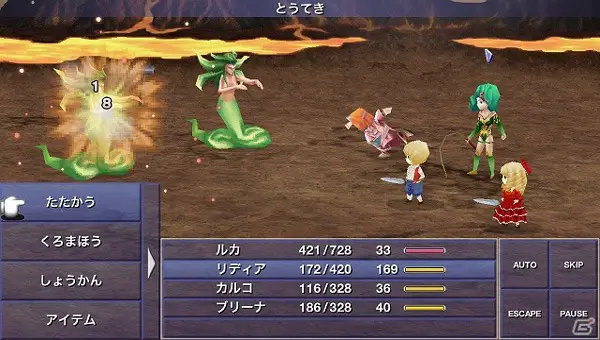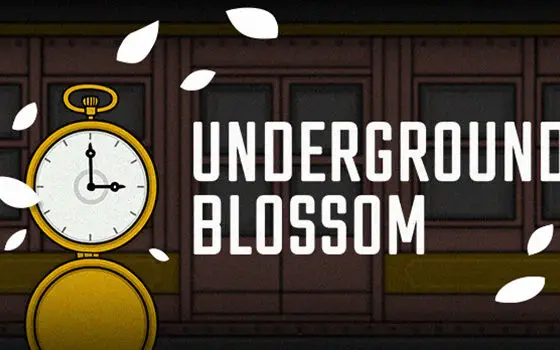 Square Enix has been rolling out Final Fantasy games as fast as we can keep up, and their next looks to be one of their biggest mobile releases yet. Final Fantasy IV: The After Years isn’t a new title exactly. Like Final Fantasy Dimensions, it’s an enhanced port of an earlier episodic mobile game, compiled as a single large title, but unlike that retro-styled affair, After Years is an all-new 3D remake that looks to bring the sequel up to snuff with the enhanced port of Final Fantasy IV we already have.
Square Enix has been rolling out Final Fantasy games as fast as we can keep up, and their next looks to be one of their biggest mobile releases yet. Final Fantasy IV: The After Years isn’t a new title exactly. Like Final Fantasy Dimensions, it’s an enhanced port of an earlier episodic mobile game, compiled as a single large title, but unlike that retro-styled affair, After Years is an all-new 3D remake that looks to bring the sequel up to snuff with the enhanced port of Final Fantasy IV we already have.
The decision to give After Years the deluxe treatment while leaving Final Fantasy V and VI with more retro-styled remakes isn’t a coincidence. This new remake makes heavy use of Final Fantasy IV’s existing assets and engine, giving the developers a head start on enhancements. There’s still plenty of new graphics, of course, but they’re all very much in keeping with the style established in FF4. This means low-poly models and unfiltered textures that leave the release feeling very much like an enhanced DS game. This still puts it well ahead of Square’s 2D releases, and feels like a higher budget production, regardless of whether or not it really is.
Cut scenes are now scripted, with cinematic camera angles, and feel a lot more engaging. There are no voices this time around, which is a bit disappointing, but it’s still an improvement over the 2D release. Music sounds almost identical to Final Fantasy IV, and includes many of the same tracks.
The biggest question remaining for The After Years is the source-material itself. Although Square intends to release the game on Android as a single download, its episodic structure is still very much apparent, moreso than in Dimensions. At the beginning of the game, you’re given a menu of characters to choose from. The principal story centers around Ceodore, the son of FF4 protagonists Cecil and Rosa. This is the longest and meatiest bit of the game, but these are still over a dozen other characters to choose from.
Each of these is a separate story that forms part of a greater whole, and they aren’t as linear as the episodes in Dimensions or other episodic Square releases like Drakerider. Despite this, it didn’t appear from the demo we played that these episodes could be selected out of order, or at least not right from the beginning.
The After Years was heavily criticized in its WiiWare release for its episodic pricing structure, but an enhanced version of the full package could prove to be a much more appetizing affair. Rather than forcing players to pick and choose which parts of the story they want to play, there’s a full roster of episodes that offer a more compelling value proposition. The After Years has some very big shoes to fill, and we’ll find out this November if it can stand up to its predecessor when it launches (simultaneously!) on Android and iOS.





























